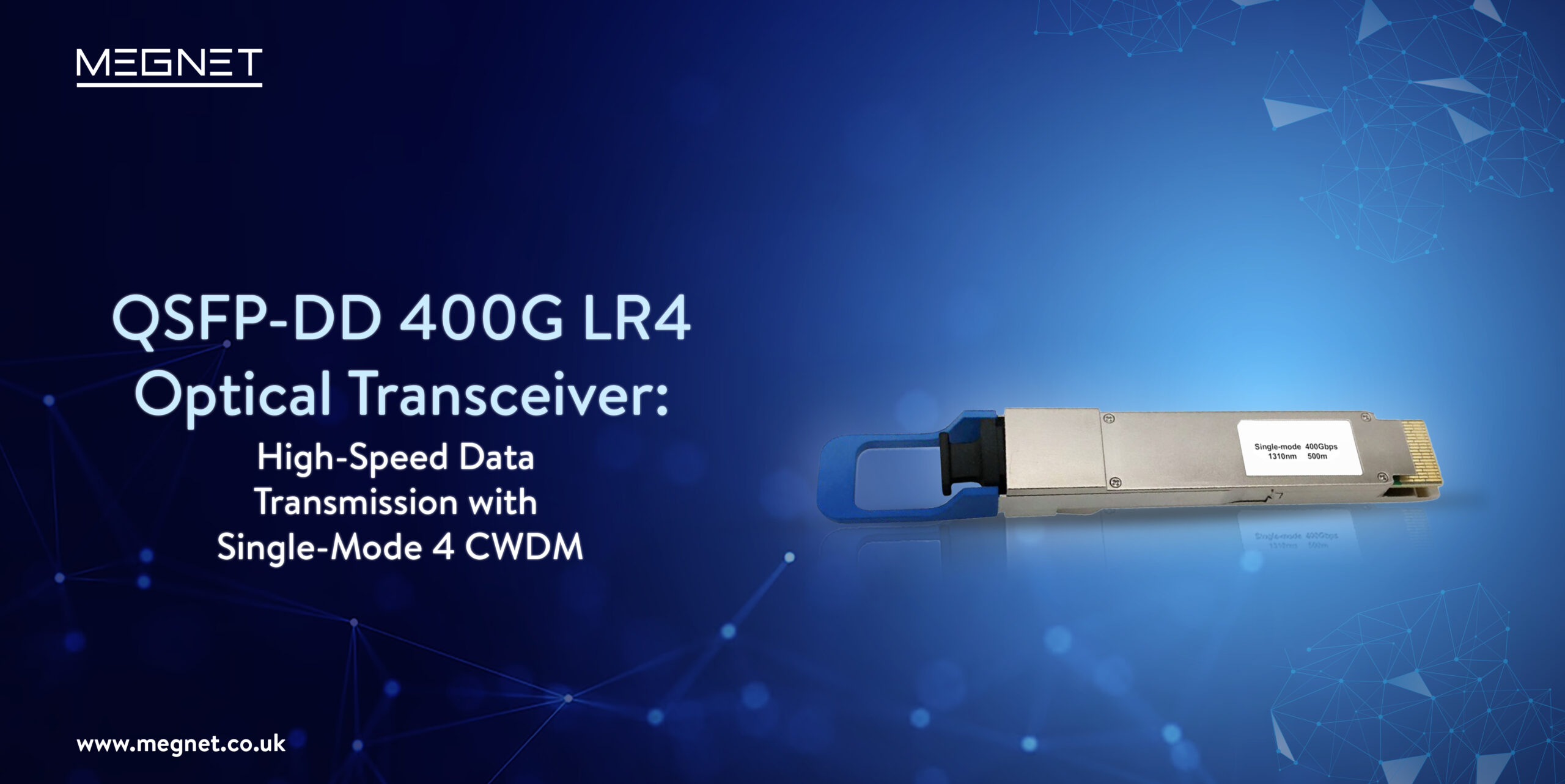
Revolutionising Data Transmission
The demand for faster and more efficient optical transceivers continues to rise in the area of high-speed data transfer. With data traffic increasing at an exponential rate, data centers and network providers are continuously looking for ways to accommodate larger data rates while assuring dependable performance. In this sense, the QSFP-DD 400G LR4 optical transceiver stands out as a game changer, providing unrivaled capabilities for data-intensive applications. This article delves into the essential characteristics and benefits of the QSFP-DD 400G LR4 optical transceiver, as well as the integration of single-mode 4 CWDM, which is a critical component in attaining improved performance.
The Cisco 400GBASE Quad Small Form-Factor Pluggable Double Density (QSFP-DD) portfolio offers customers a wide variety of super high-density transceiver modules and the flexibility of 400 Gigabit Ethernet connectivity options for data center, high-performance computing networks, enterprise core and distribution layers, and service provider applications. The QSFP-DD modules are our new generation of 400G transceiver modules based on a QSFP-DD form factor.

QSFP-DD 400G LR4 Optical Transceiver: High-Speed Data Transmission with Single-Mode 4 CWDM
What is CWDM?
Coarse Wavelength Division Multiplexing (CWDM) is a critical technology that enables the multiplexing of many optical signals of various wavelengths onto a single optical cable. It operates by simultaneously combining and sending these optical signals, which are subsequently demultiplexed at the receiving end back into separate signals. CWDM technology generally runs in the wavelength range of 1270 nm to 1610nm, with a channel spacing of 20nm.
CWDM Single-Mode
Single-Mode 4 CWDM is a single-mode fibre-optimised version of CWDM technology. The QSFP-DD 400G LR4 transceiver achieves a total data throughput of 400Gbps by using four wavelengths in the 1310nm region, spaced 20 nm apart.




Cisco 400G QSFP-DD transceiver prominent features and differentiators
QDD-400G-LR4-S

With a duplex LC connection, the Cisco QSFP-DD 400G LR4 optical transceiver can accommodate link lengths of up to 10km SMF. It meets IEEE 802.3cu criteria for 400GBASE-LR4-6km but increases the reach to 10km, and it meets 100G Lambda MSA group 400G-LR4 requirements and 400GAUI-8/CEI-56G-VSR-PAM4 standards. The 400 Gigabit Ethernet transmission travels over four CWDM grid optical wavelengths. The gadget manages the multiplexing and demultiplexing of the four wavelengths. FEC is carried out on the host platform.

Platform support
Cisco QSFP-DD 400G LR4 optical transceivers are supported on Cisco switches and routers.
Specifications
Electrical Specification



QSFP-DD Breakout Capability and Module Interoperation
On some systems, certain of Cisco’s QSFP-DD modules can be operated in breakout mode. As a result, the QSFP-DD port can be configured as two or four 100GE ports. This function allows customers to use the most recent platforms with 400G ports and the most recent features while still connecting to existing 100G platforms in the network. This facilitates port-by-port migration to 400GE while providing extremely high-density 100GE connections. These modules will work with Cisco as well as third-party modules that adhere to the same requirements.
The below tables offer a summary of the different optical breakout choices, compatibility, and reach to 100GE modules.



Regulatory and standards compliance
Standards
- OIF CEI-56G-VSR-PAM4
- QSFP-DD MSA hardware Rev 4.1, QSFP-DD hardware specification for QSFP double-density 8X pluggable transceiver
- 400G-FR4 MSA: 100G Lambda MSA Group
- 400G-LR4 MSA: 100G Lambda MSA Group
- GR-20-CORE: Generic Requirements for Optical Fibre and Optical Fibre Cable
- GR-326-CORE: Generic Requirements for Single-Mode Optical Connectors and Jumper Assemblies
- GR-468-CORE: Generic Requirements for Optoelectronic Devices Used in Telecommunications Equipment
- GR-1435-CORE: Generic Requirements for Multifibre Optical Connectors
- Common Management Specification (CMIS) Rev 4.0
- IEEE Std 802.3™-2018 IEEE Standard for Ethernet
- IEEE 802.3ba CL88
- IEEE 802.3bs 400GAUI-8 Annex 120E
- IEEE 802.3cd CL136
- IEEE 802.3cu CL140
Safety
- Laser Class 1 21CFR-1040 LN#50
- Laser Class 1 IEC60825-1
- Cable jackets can be certified to UL or CSA jacketed appliance wiring material, rated VW-1 or FT-1.
- All cables must be type CM, CMG, CMP, or CMR. If cable is type CL2 (USA type of cable), it must also be type LVT or ELC (Canadian type of cable).
- Compliance with North American (FCC/ICES), European (CENELEC), Japanese (VCCI), and Telcordia NEBS standards
- GR-1089 EMC and Electrical Safety – Generic Criteria for Network Telecommunications Equipment
- EMI compliance on FCC Part 15 (30 MHz – 40 GHz) and CISPR32/CISPR22 (30-6000 MHz)
- RFI compliance on EN/IEC 61000-4-3 and GR-1089-CORE (10k to 10 GHz)
- ESD compliance on EN/IEC 61000-4-2 and GR-1089
- Certification to IEC/EN 60825-1 +A2
- RoHS 6 compliance

Warranty
Standard warranty for QSFP-DD 400G LR4 optical transceiver: 5 years
The QSFP-DD 400G LR4 optical transceiver is at the forefront of high-speed data transmission systems, powered by single-mode 4 CWDM technology. Its capacity to offer 400Gbps data speeds over long distances makes it a crucial choice for data centers and network operators looking to meet the rising needs of modern data-intensive applications. QSFP-DD 400G LR4 optical transceivers are likely to play an important role in determining the future of data transmission as technology evolves.

FAQ's
It is a high-speed module that provides 400GbE connection over single-mode fibre by utilising four CWDM wavelengths.
Using four wavelengths, each of which carries a 100Gbps transmission via single-mode 4 CWDM.
It has a reliable transmission range of up to 10 kilometers.
Long Reach with four wavelengths is supported by the transceiver.
QSFP-DD stands for Quad Small Form Factor Pluggable Double Density
It transmits data through single-mode fibre across large distances.
With CWDM, many wavelengths may use the same fibre, improving bandwidth while decreasing costs.
Data center interconnections, metro networks, cloud computing, high-performance computing, and telecommunications backbone.
FEC is used to improve data integrity and connection performance.
It expands bandwidth capacity while remaining cost-effective and ensuring compatibility with other CWDM devices.
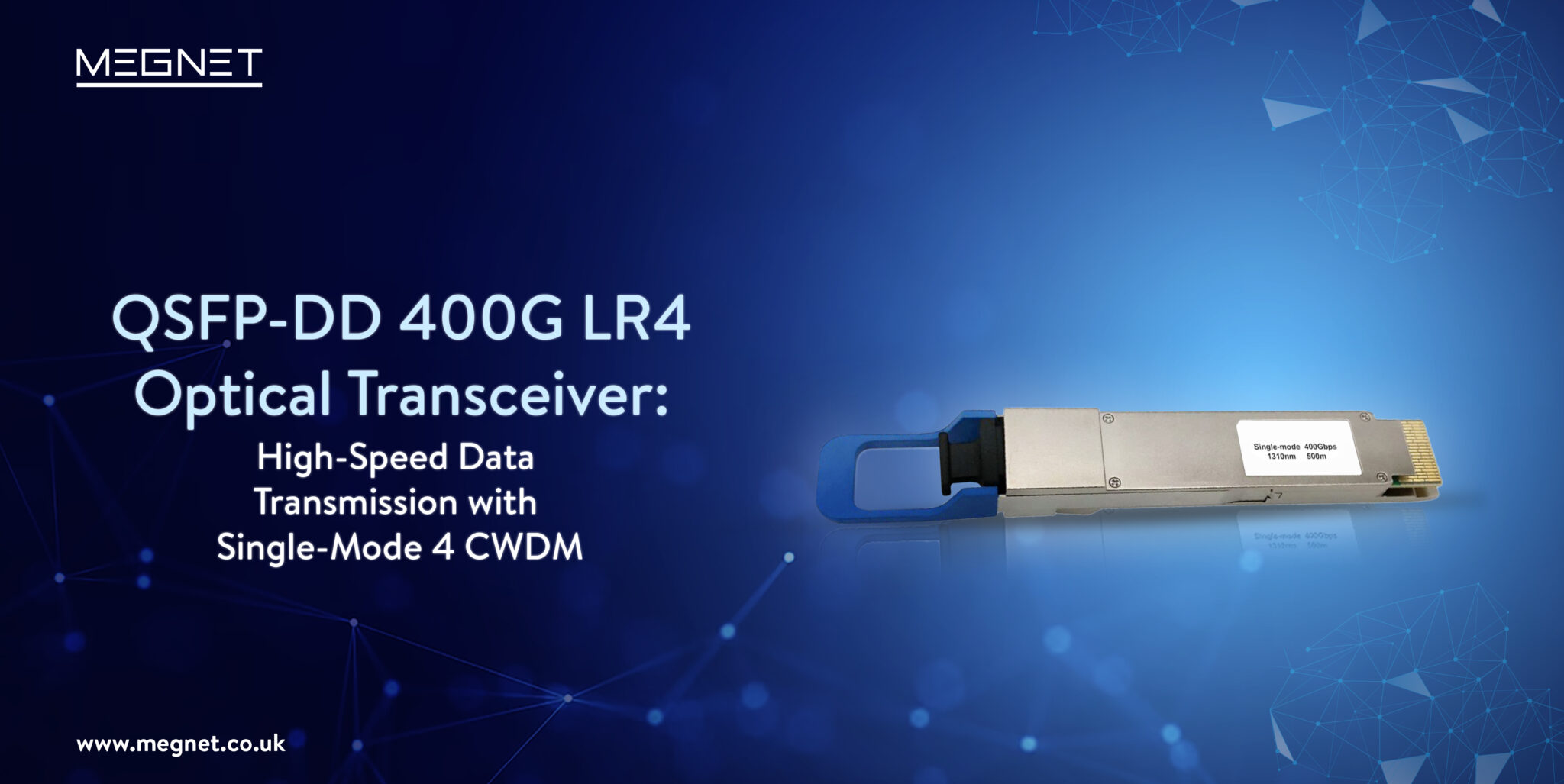
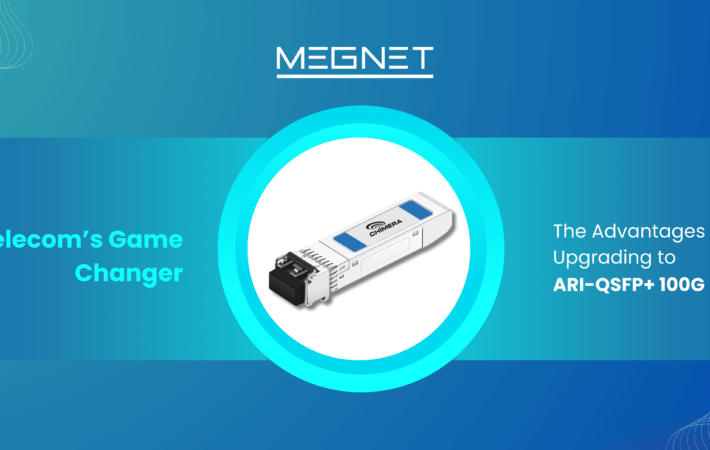

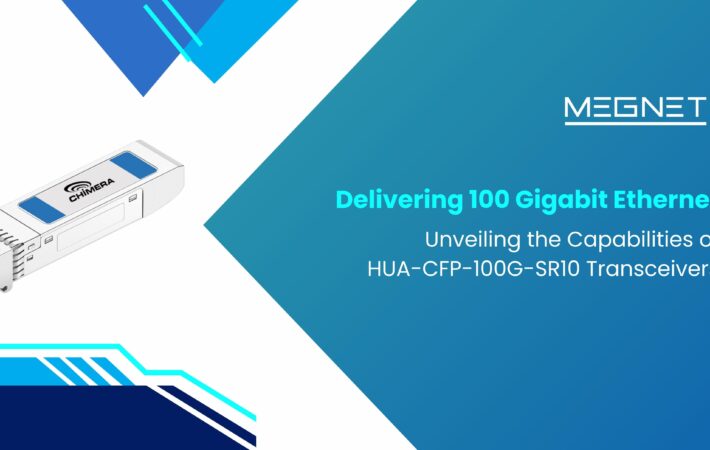
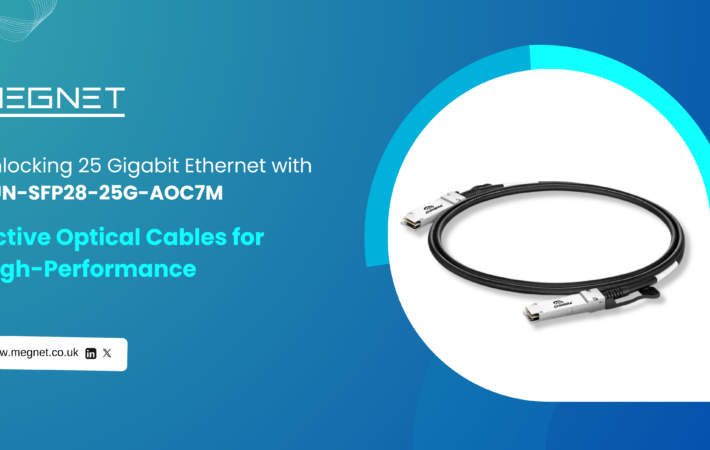
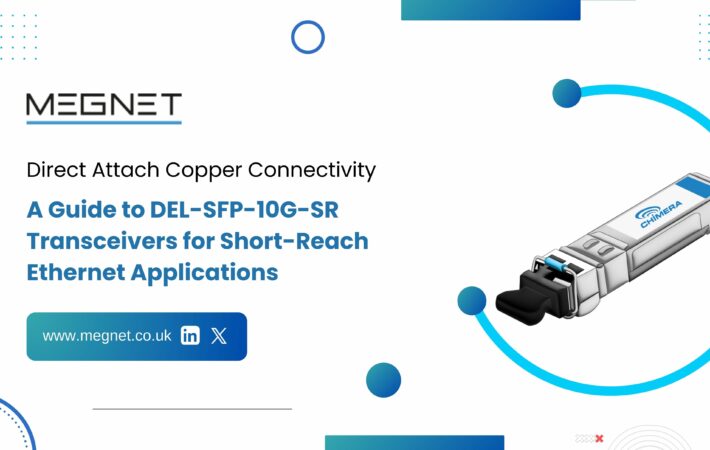


Leave a comment
Your email address will not be published. Required fields are marked *